

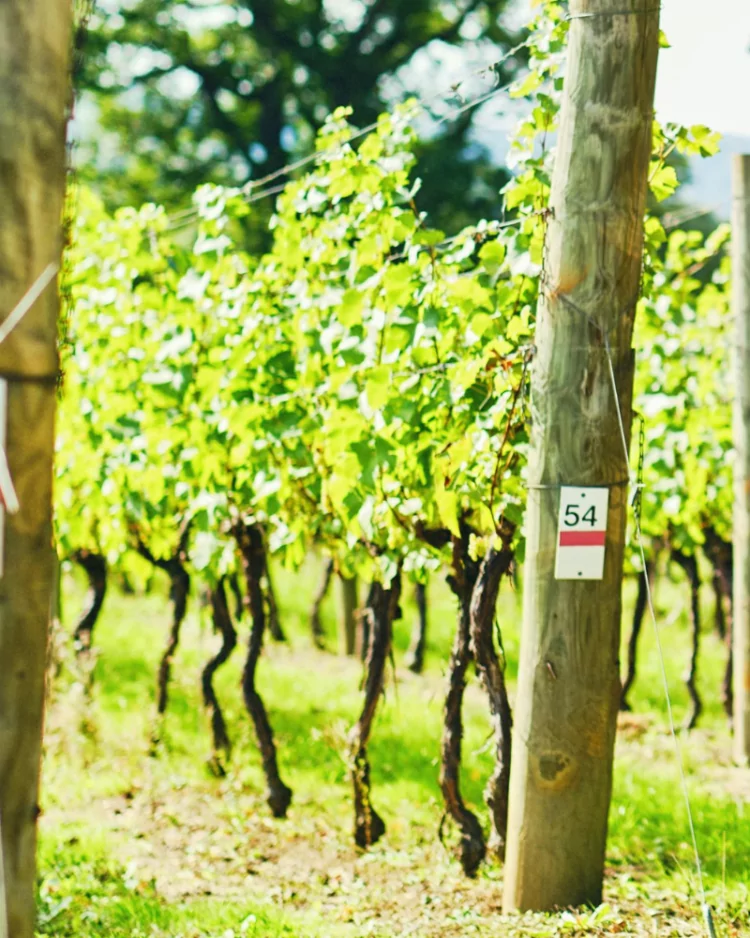
If you’ve heard the word ‘terroir’ but don’t really know what it means, you’re not alone. Even wine experts struggle to come up with a precise definition, but we like American wine writer Matt Kramer’s description of terroir as a wine’s “somewhereness”.
This somewhereness cover the full range of environmental and human factors contributing to a vineyard’s unique growing conditions, and the inimitable signature this leaves on the resulting wines. So terroir is essentially the interplay between the origins and the character of a wine.
So what are the key components of terroir? The natural factors include:
But there is also a human hand at play, as Simon explains, “the way the fields, the soil and the farm are looked after has a massive influence. What you do and don’t put into the land, how you till it or don’t till it… all those human interventions have an impact on the land and the plants. That must be expressed in the juice.”
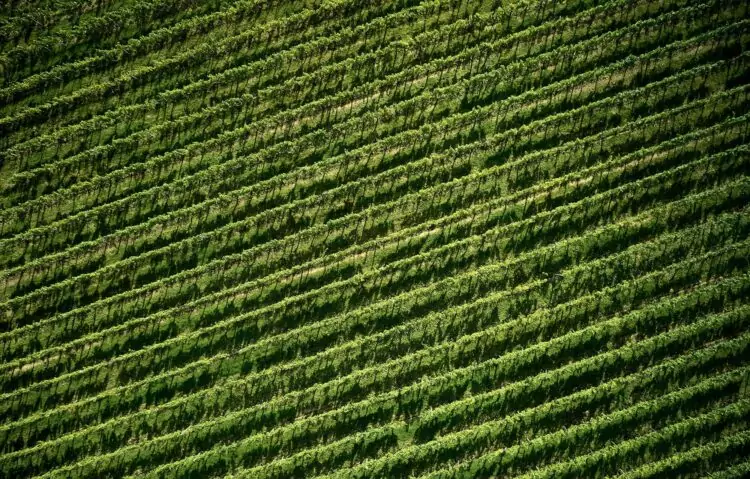

Our estate-grown grapes – and thus the Ridgeview terroir – are present in all of our wines. However, we believe it’s expressed most clearly in Ridgeview Blanc de Blancs – our flagship single-estate English sparkling wine made exclusively from Chardonnay grapes grown in our home vineyard. We believe our own grapes benefit from a series of terroir factors.
First, we have an excellent microclimate. Ditchling Beacon to the south provides us with a handy weather shadow. Simon explains: “A lot of the summer weather comes from the southeast to southwest. As it comes in over the Downs, you can see it break over the Beacon. So it can be raining in Lewes or Burgess Hill but here it’s comparatively dry.”
Being on a gentle slope just north of the South Downs also helps. “We don’t get all those frosts rolling down in the spring, and we’re relatively low-altitude. The top of the Chardonnay field is 70 metres, the bottom 50 metres.”
Explore Blanc de Blancs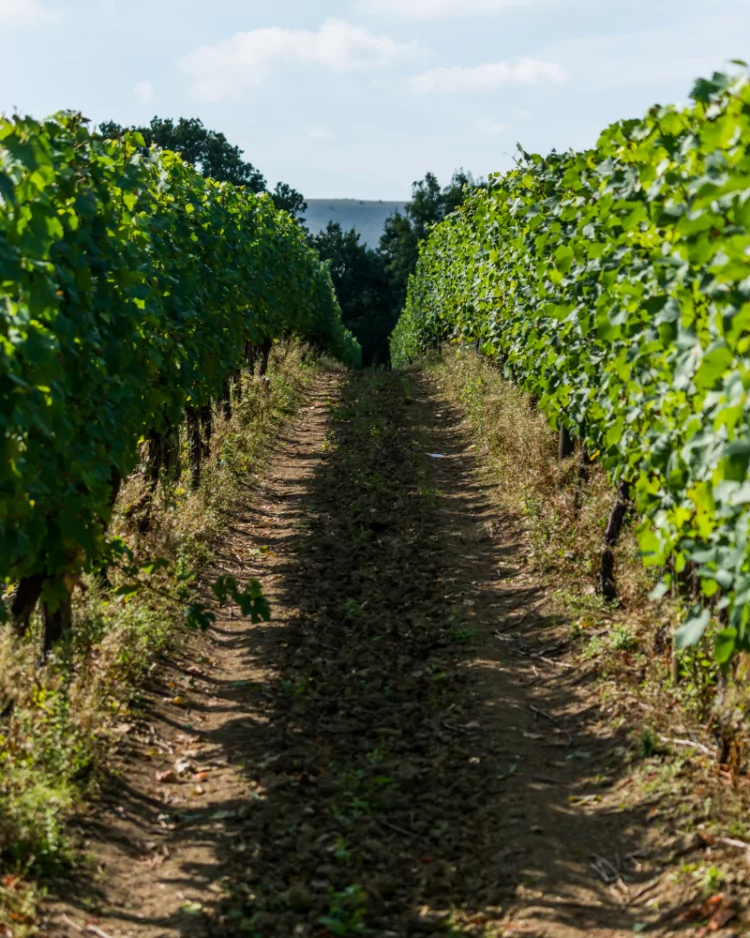
The chalk soils of Champagne are revered as a vital element of the region’s terroir. Many English producers proclaim the virtue of growing their grapes on the same seam of chalk that runs up from Champagne into South East England. Ridgeview, in contrast, is planted on clay.
Simon sees this as an essential ingredient in our terroir. “People think chalk is so important, but we don’t have any chalk. Yet when you taste our Chardonnay compared to other growers, there’s a complexity that you don’t see in all of them.”
This isn’t to say our terroir is entirely unconnected to Champagne’s. As Simon notes, “one of the reasons we’re called Ridgeview is because there’s a limestone ridge about 20 metres below ground. If you follow that geologically it goes under the Channel and into the Paris Basin. So the actual bedrock is similar to Champagne. And then longitudinally, we’re only 60-odd miles north of Champagne. There is some similarity.”
Simon is also certain that our sustainable approach contributes to our terroir. “From day one, we decided as a family to be responsible farmers. We are custodians of the land and everything we do has to have respect for our soil.”
That responsibility steers every decision we make in the vineyard, from our early adoption of sustainable spraying technology to our recent switch to regenerative pruning.
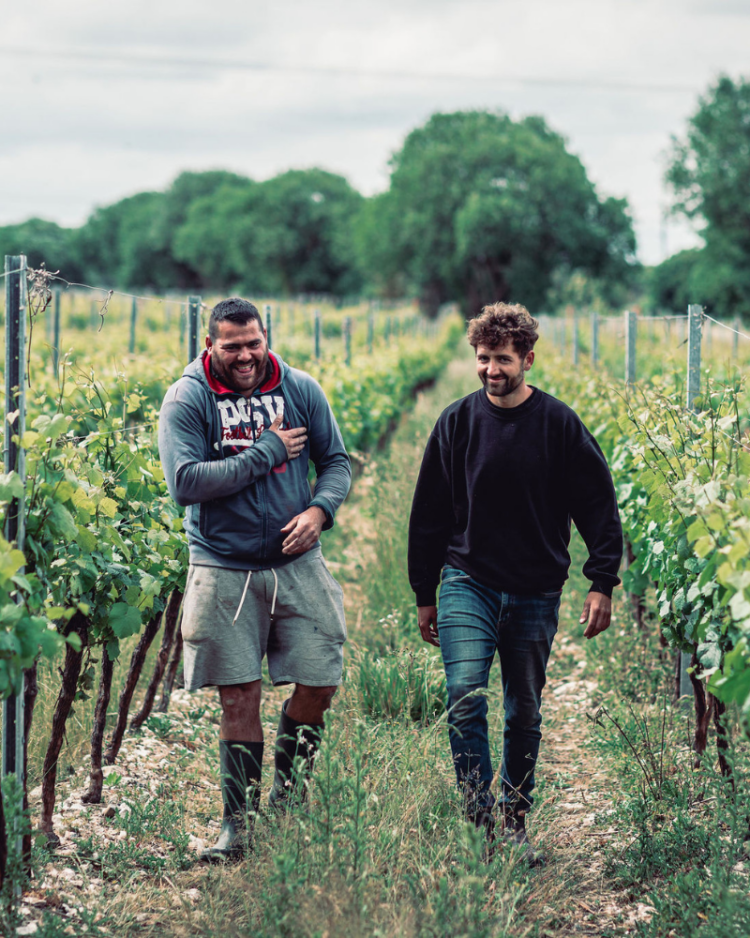
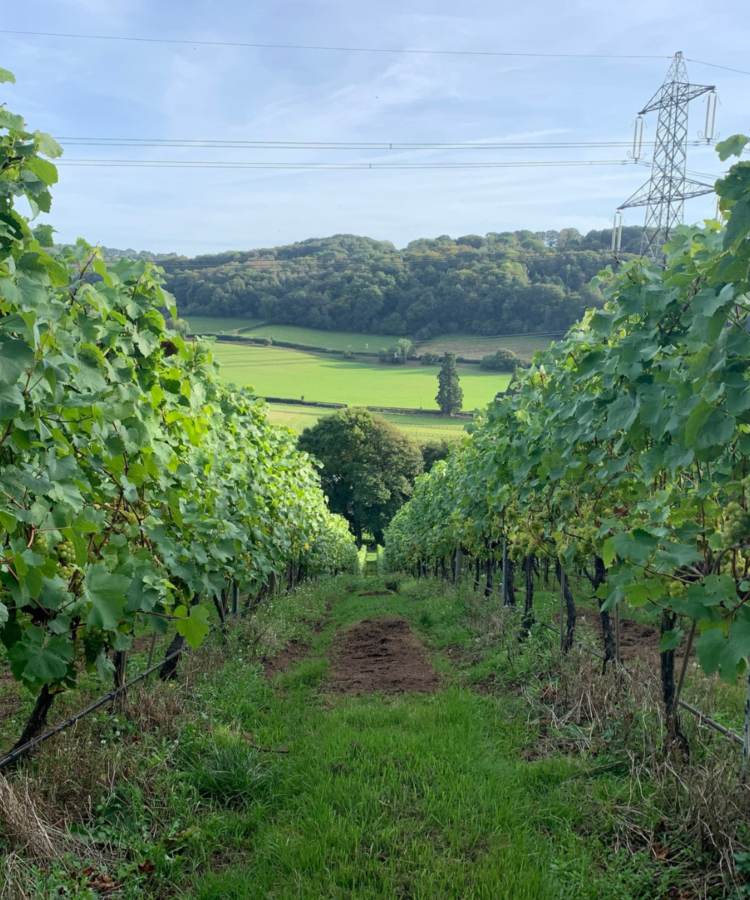
We’re enormously proud to work with so many of Southern England’s premier grape growers. Being able to select the finest grapes from so many distinctive terroirs is one of the great strengths of the Ridgeview way, as it gives us so many more options when it comes to making our wines.
We work with growers from the Wye Valley in the west to Kent in the east, from East Anglia in the north to the Sussex coast in the south. In terms of geographical spread, it’s an area almost as large as the Champagne region, giving us access to a huge variety of growing conditions.
How do those terroir conditions affect grape characters? Here’s a snapshot from Simon:
“Generally the fruit from Suffolk tends to be riper, more tropical, lots of mangoes, lychees and pineapple. Chardonnay from Kent and Essex has a zippy citrus flavour profile. Pinot Noir from Sussex and Hampshire tends to be more savoury, while you get more cherries, blackcurrants and fruits of the forest from East Anglia.”
One interesting discovery we’ve made with our growing partners is that terroir doesn’t always follow received wisdom about growing conditions. For instance, Oncoland in Kent supplies us with gorgeously ripe and complex Chardonnay grapes whose tropical, candied-fruit notes are quite at odds with the high altitude and flint-chalk soils of the vineyard.

Simon describes the impact of terroir on his decision making as “absolutely huge”. We’ve touched on how our growing environment and clay soils drive the complexity of the Chardonnay grapes that go into Ridgeview Blanc de Blancs. And when it comes to blending our Signature Range, having so many different components to choose from gives us a real advantage.
In Simon’s words, “it would be so much easier to have a few big tanks – the Chardonnay tank or the Chardonnay Sussex tank and the Chardonnay Essex tank – but we don’t. We have lots and lots of small tanks and we keep every variety from every vineyard from every grower separate for blending.”
This is why we were able to blend a staggering 61 components in our 2021 release of Bloomsbury NV. Simon sees the process as an artform.
“It’s almost like an artist’s palette. We can take all these different parcels and create one amazing colour. The beauty of blending Ridgeview wines is we have such vast options. And we’re 100% respecting the terroir of each vineyard.”
If you’d like to see magic terroir in action at our beautiful estate vineyards, book your visit to Ridgeview here.

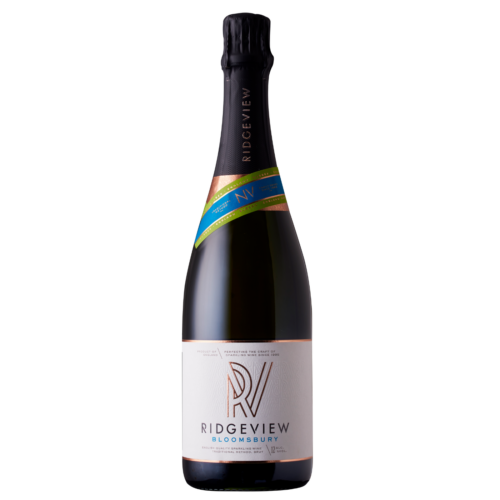

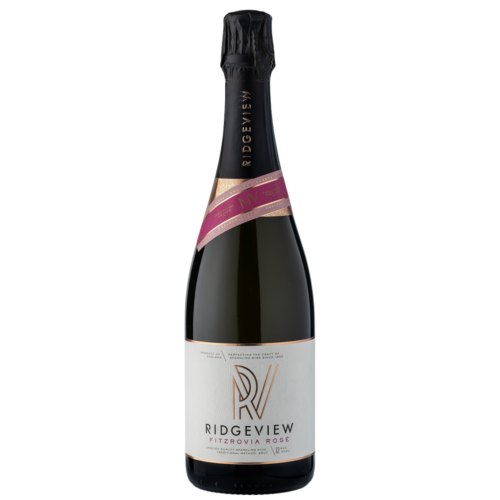
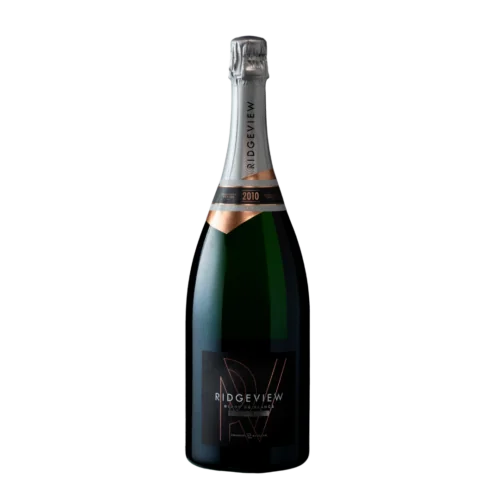
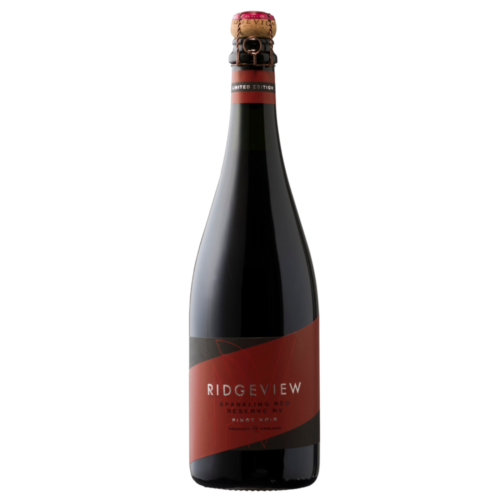
You must be of legal drinking age to enter this site.
Please enter your date of birth below